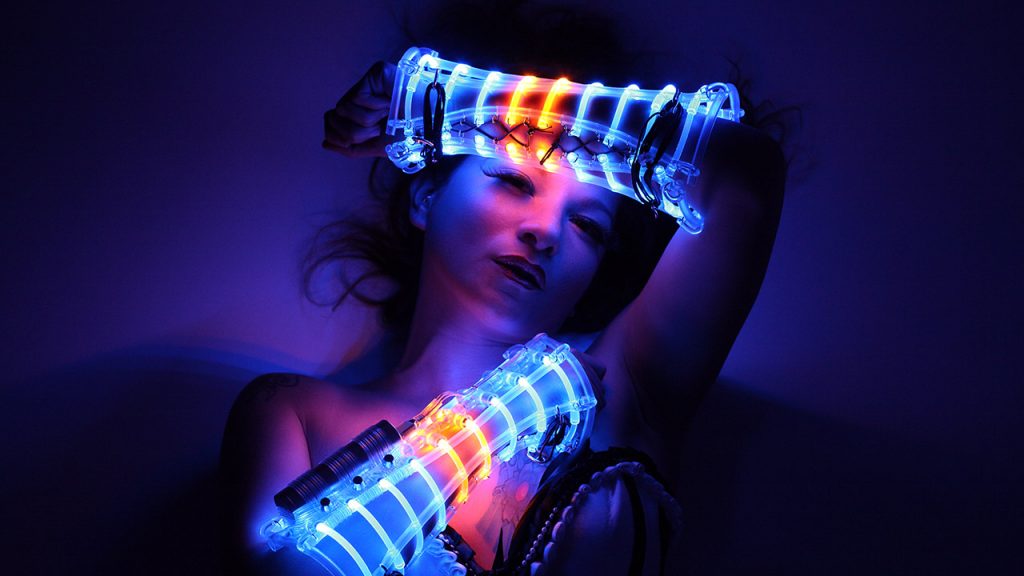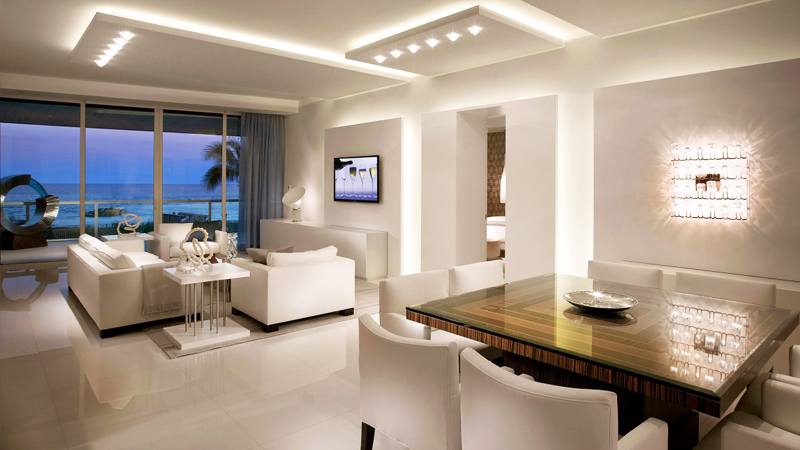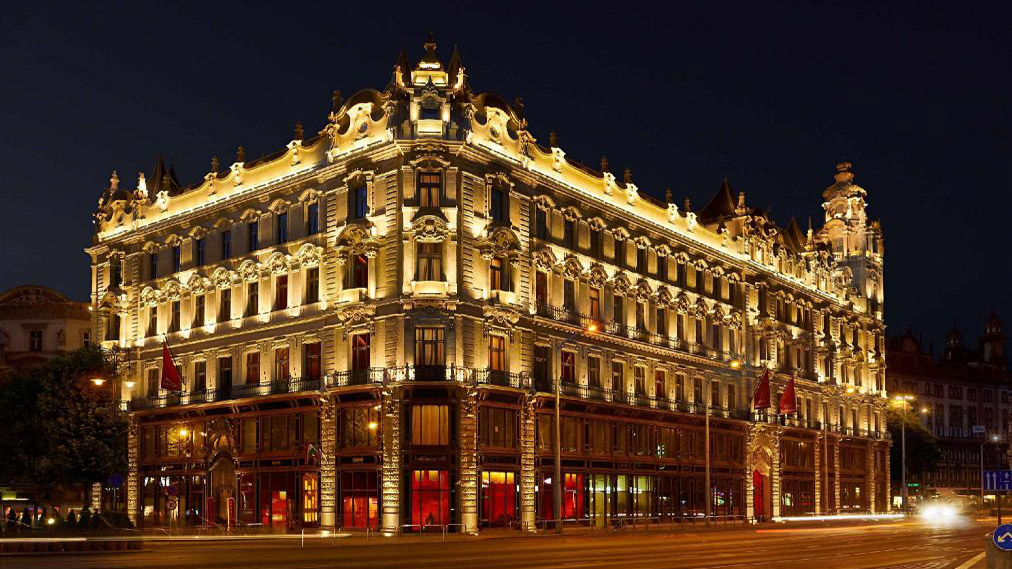What Is Indirect Lighting?
There are two different application models, direct and indirect, for indoor and outdoor lighting. In direct lighting, the light is directed downwards, directly onto the surface to be illuminated. In indirect lighting, the light is directed upwards and reflected from the wall or ceiling.

There are two different application models, direct and indirect, for indoor and outdoor lighting. In direct lighting, the light is directed downwards, directly onto the surface to be illuminated. In indirect lighting, the light is directed upwards and reflected from the wall or ceiling.
Pendants, chandeliers and task lights where light is directed to a surface, table or counter are examples of direct lighting. Concealed light strips, upwardly directed luminaires, inverted bowl pendants and decorative wall lights are examples of indirect lighting. Chandeliers whose light source is directed upwards and which are shaded around are also indirect lighting fixtures.
Indirect lighting is becoming more and more popular in homes, offices and commercial spaces. In indirect lighting, the light source is hidden and the light is diffused into the room by reflection on the ceiling or walls. In this way, annoying glare is prevented, shadows are minimized and homogeneous lighting is provided. Indoor indirect lighting fixtures can be used on walls, ceiling or along the floor. The recesses and protrusions on these surfaces also provide suitable mounting opportunities for indirect lights.
In indirect lighting systems, more than 90 percent of the light emitted from the lamp is directed upwards. If the luminaire is designed correctly, only a small part of the light will shine down. Lighting fixtures should be positioned far enough from the ceiling to avoid excessive brightness.
The use of light-colored paints or surface coatings on interior walls and ceilings will increase the indirect lighting performance. Keeping these surfaces well-maintained and clean will ensure that the light level in the room is maintained. Wooden ceilings and dark surfaces will cause most of the light to be lost in indirect lighting.
Indirect lighting provides diffuse and general ambient light, while direct lighting provides better illumination for detailed tasks. Depending on the need, one or both can be used together.
When choosing lighting, it is generally seen as the most important issue that it is compatible with the interior design of the space. Elements such as shape, color, size and mounting options are important in the selection of lighting fixtures, but the type, functionality and brightness are much more important.
The flexible application opportunity offered by LED technology has made the use of LED light sources widespread in indirect lighting systems. Correctly designed systems can maintain their technical performance throughout their lifetime.






